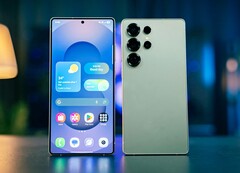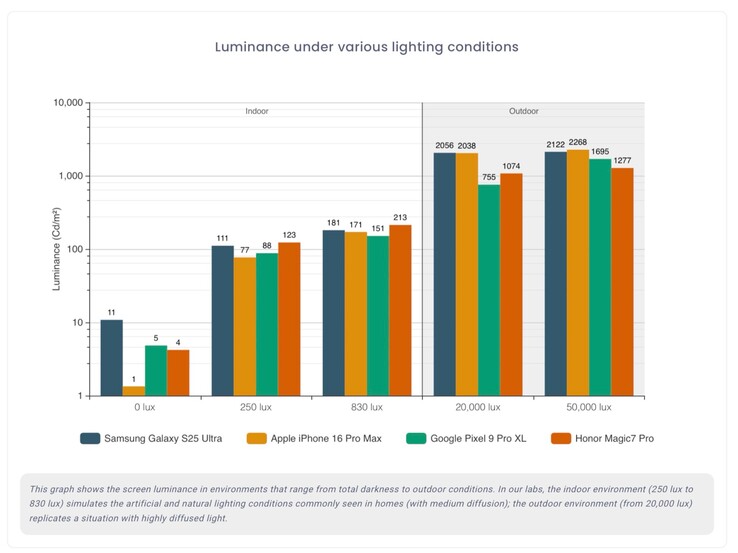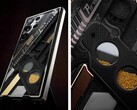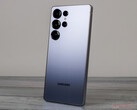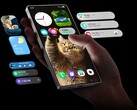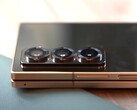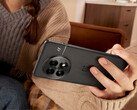DxOMark has just subjected the display of the Samsung Galaxy S25 Ultra to a detailed analysis. The score of 160 points tops the best list and pushes the Google Pixel 9 Pro XL into second place with its 158 points. This high score is due not least to the anti-reflective coating of the Corning Gorilla Armor 2 protective glass, which is said to reflect only 1.5% of ambient light, less than a third compared to the iPhone 16 Pro Max or Google Pixel 9 Pro XL.
This value has not changed compared to the Galaxy S24 Ultra, and there has also been no progress in terms of brightness since the display still reaches 2,122 nits in the sun and is thus almost on par with the Apple iPhone 16 Pro Max. But the lower incidence of reflections means that the display effectively achieves a higher contrast ratio in the sun and therefore a higher display quality. DxOMark measured a PWM frequency of 480 Hz, which is unlikely to be problematic for most users.
Better color display, but old problems remain
Compared to the Galaxy S24 Ultra, color representation in particular is said to have been improved, as colors are displayed more accurately on the Galaxy S25 Ultra and steep viewing angles no longer affect the color display as much. The peak HDR brightness in a dark room has been reduced from 80 nits to 24 nits, meaning that the screen of the Galaxy S25 Ultra is far less dazzling at night.
However, DxOMark's analysis is not entirely free of criticism. Despite the improvement in the display of HDR content, the display is still generally too bright when used in a dark room, while the touchscreen, like the previous model, occasionally registers accidental touches and generally does not respond as quickly as other comparable smartphones.




